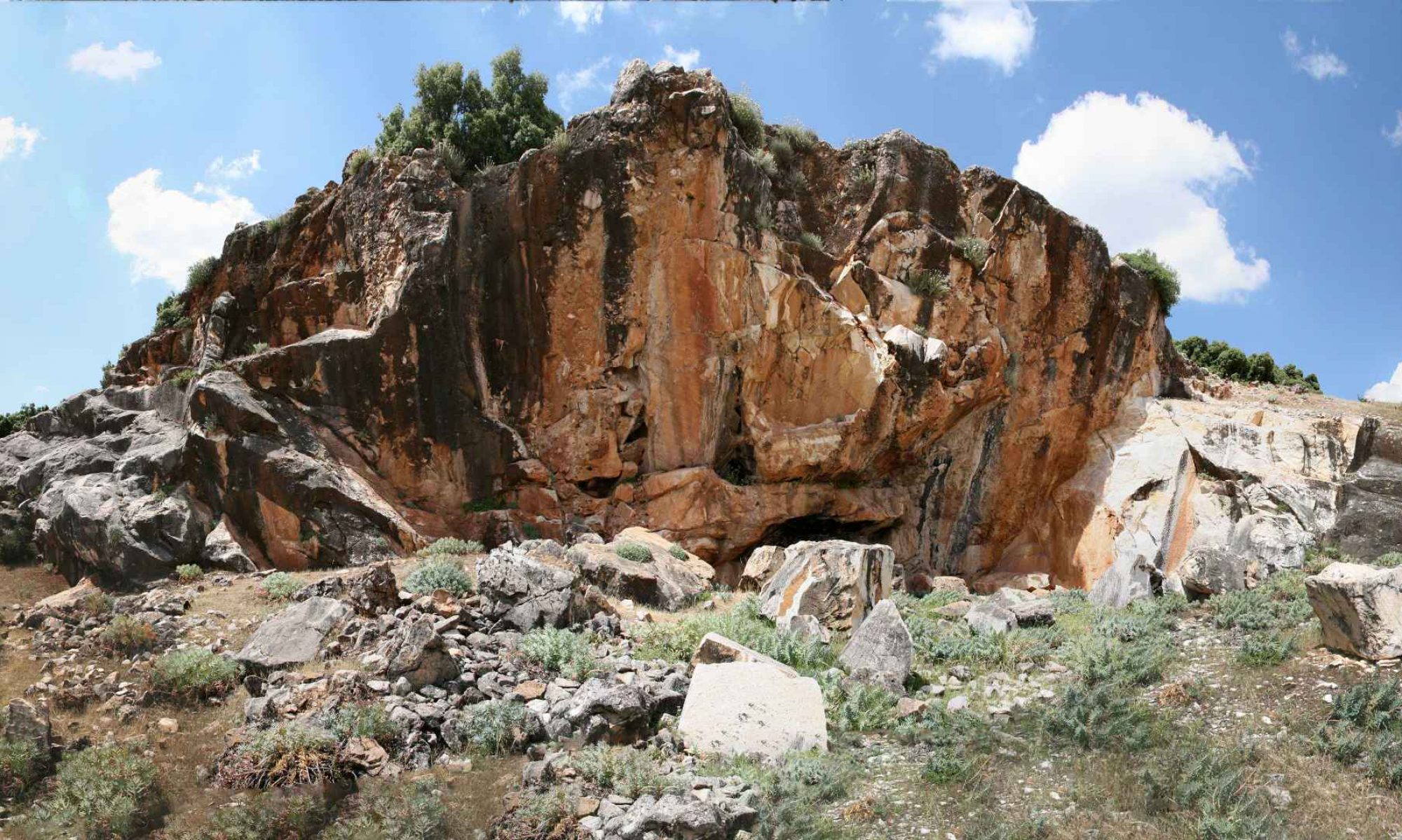-
Altıntaş
The history of the quarries of Altıntaş, situated in Phrygia, in Upper Tembris Valley, approximately fifty km northwest from Afyon, developed in tandem with the quarries of Dokimeion, to which they were somehow subordinated. The quarry inscriptions carved on prefabricated artefacts (mainly blocks and column’s shafts dating from AD 92 to the reign of Antoninus Pius) relate to the organization of work in the quarries and to the imperial controlled system. Read more…
-
Aphrodisias
Aphrodisias, located in southwestern Turkey in the Caria, is one of the best preserved Greco-Roman cities of Asia Minor. It was famous in antiquity for its cult sanctuary dedicated to the goddess Aphrodite. The city was founded in the early second century BC and flourished from the period of Augustus until Late Antiquity, eventually becoming a capital of the province of Caria and a seat of a bishop in AD 300. Read more…
-
Dokimeion
The ancient quarries of Dokimeion are located in Phrygia, 21 km northeast of Afyon and about 2.2 km southeast of the modern city of İscehisar. Modern scholars’ interest in Dokimeion marble and quarries began in the 19th century with William Ramsay (1882), and was followed by other scholars such as Otto Hirschfeld (1905) and Charles Dubois (1908). Read more…
-
Göktepe
The ancient marble quarries of Göktepe are located in Caria, some 40 km ‘as the crow flies’ southwest of Aphrodisias, SW Anatolia. The modern history of Göktepe starts with Turkish geologists, Bahadir Yavuz and Hakan Elçi, who drew international attention to a series of quarries situated two and a half kilometres south of the present-day village with this name (Yavuz and Elçi 2009). Since that time a series of articles concerning this source of white and black marbles have been published. Read more…
-
Prokonnesos
Ancient Prokonnesos (Marmara Island) was one of the largest sources for marble in antiquity. The quarries were possibly known as early as the Archaic period, when they where they were apparently used for building the first Artemision in Ephesos (Vitr. 10.2.15), and then as reported by Vitruvius and Pliny the Elder (Vitr. 2.8.10; Nat. 36.47), for the fourth century BC facade of the palace of Mausolos in Halikarnassos. Read more…
-
Ephesos
